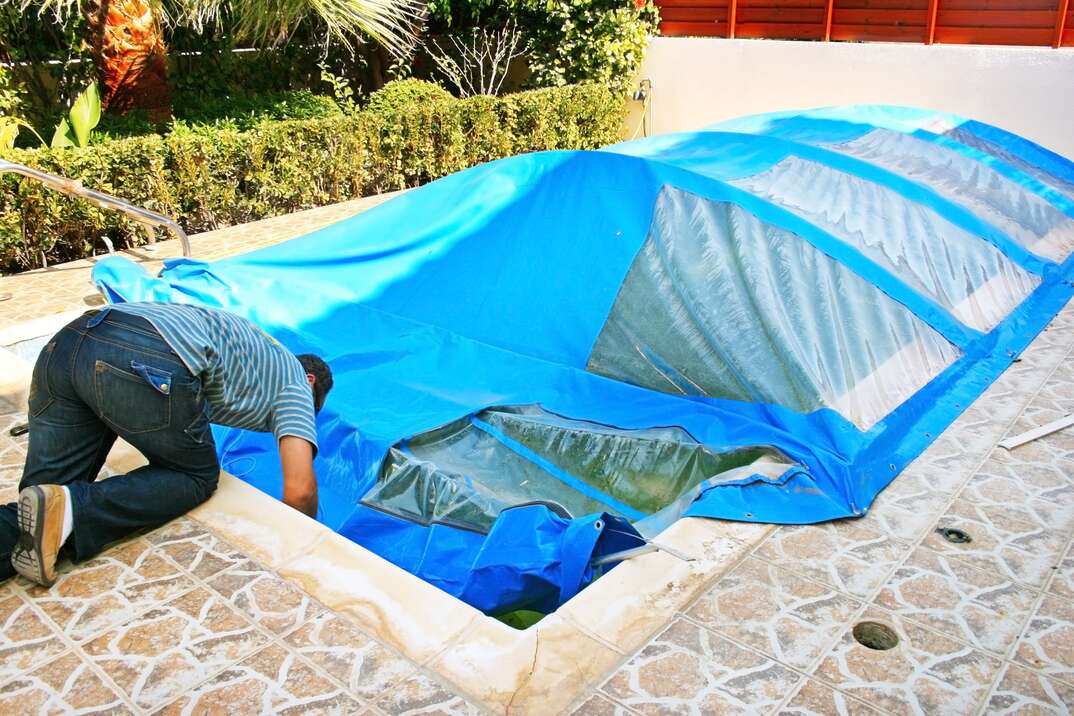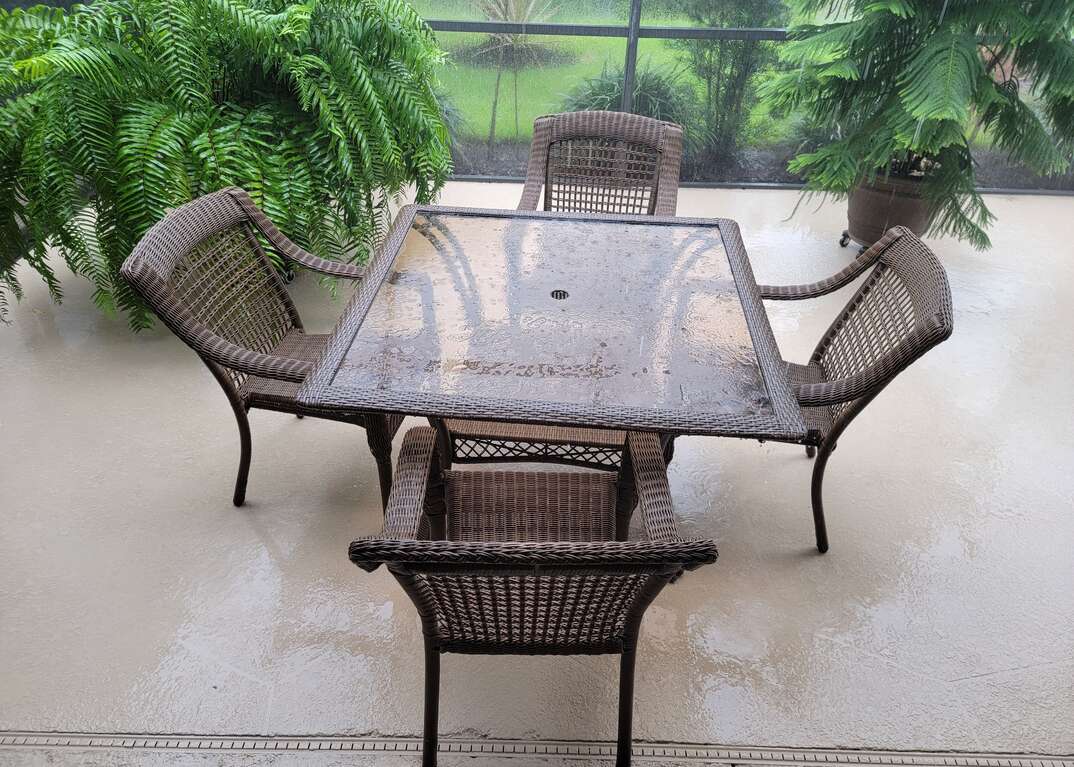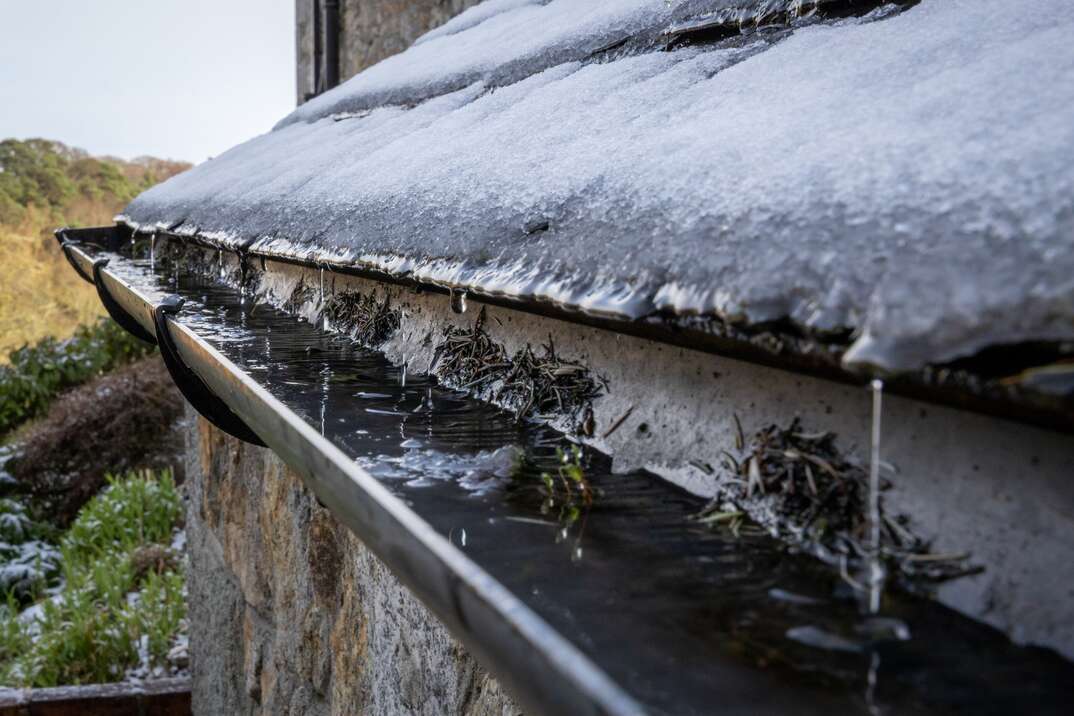How to Do Your Own Xeriscaping: 7 Principles to Follow

Xeriscaping at a Glance
- Principle 1: Plan and design
- Principle 2: Choose plants
- Principle 3: Add turf
- Principle 4: Improve soil
- Principle 5: Install irrigation system
- Principle 6: Mulch
- Principle 7: Weed and maintain
Xeriscape. It might sound like the homeland of some villain in a sci-fi film, but, in fact, it's far less sinister than that. Originating from the Latin word “xero,” which means "dry," xeriscaping is the process of creating a yard or garden that needs little to no irrigation. Traditionally favored in dry climates areas subject to regular droughts, xeriscapes can be planted anywhere as a landscaping feature that can not only be attractive, but can also save water and the time and energy it takes to keep a traditional garden properly drenched. While you could find a local landscaping company to help you install your xeriscape, it's surprisingly simple — and enjoyable — to do it yourself.
This May Also Interest You: What Is Xeriscape Landscaping?
One of the best ways to understand what xeriscaping entails is to take a look at the practice's seven principles.
1. Plan
As with many home improvement projects, this one begins with a pad and a pencil. Sit down and sketch out the current landscape around your home, taking note of your existing vegetation, buildings and other aspects of your yard like patios or driveways. Then, think of arranging your plantings according to how much water they will need — either high, low or moderate. You'll want to focus more on plants that need little water, especially those that can survive on average rainfall alone. In either case, you'll want to put plants with similar water needs together to create water zones that will provide irrigation efficiencies.
2. Choose the Right Plants
At this stage, you'll likely want to turn to that trusty research friend we all have in common: Google. Look up different kinds of drought-tolerant plants for your area and cross-reference those with plants that are native to where you live. Xeriscaping is primarily about water conservation, so your focus should be on drought-tolerant plants. It also generally advocates for using plants that normally grow in your area and avoiding invasive species.
As you are doing this research, remember to keep in mind the light pattern in your yard. You'll want shade-tolerant plants beneath trees or in areas that get little light and full-sun plants in those that get consistent daily sunshine.
3. Stake Your Turf
Lawns — or turf — need an excessive amount of water and chemicals to stay healthy, so they are typically kept to a minimum in a xeriscape. That's not to say you have to give up a lush lawn, but you will want to decide just how much of it you need. Is it just an area for the pets to use? Do you have kids who will want to romp all over it? Is it just for looks and, if so, can you think of a way to replace it with plants that don't need as much maintenance?
Perhaps a deck or a patio could take over an area that's previously been covered in lawn, still giving you the chance to enjoy your outdoor space while reducing the resources your yard needs.
Once you've decided how much lawn you'd like to keep, you may want to consider replacing your grass with drought-tolerant varieties. This, again, will depend on where you live, but in general, fescue, buffalo, Bermuda, and zoysia varieties will all do well with low water.
4. Improve the Soil
It might sound basic, but you'll need to make sure your soil is prepared to grow the type of low-water plants you'll be putting in. You can do this first by tilling the soil to allow more air and moisture to penetrate it. Applying compost to the soil before planting is also an excellent way to help it build up proper nutrients and retain moisture.
You'll again want to look up the soil required for the plants you plan to put in and possibly buy a soil testing kit to make sure the two are compatible. If not, there are ways to add nutrients and adjust your soil's pH to make it more amenable to drought-tolerant plants. For example, adding ground limestone increases the pH, while mixing in aluminum sulfate will decrease it.
Additionally, you'll want to have soil that drains quickly. That might sound counterintuitive when xeriscaping is all about water conservation, but if you're putting in drought-tolerant plants, they can be prone to rot if the soil retains too much moisture. Mixing your soil with stone or gypsum can help it drain better. If your soil is sandy and you choose plants that thrive in sandy soil, you shouldn't need to do much else to prepare.

More Related Articles:
- Basic Lawn Care and Maintenance Tips
- Mow Money: Here’s How Much Lawn Care Services Cost
- How Much Does a Sprinkler System Cost?
- A Grassroots Effort: How to Lay Sod in 4 Steps
- How Much Does It Cost to Build a Greenhouse?
5. Irrigate Properly
Xeriscaped yards need little water and should be able to survive with the moisture that reaches them naturally, but if you're in a particularly dry or drought-prone area, you may want to consider putting in some kind of irrigation system. Plus, during the first two to three years of a new xeric landscape installation, you'll want to irrigate well (about twice a week) to help your plants get established.
Experts generally recommend drip irrigation systems for xeriscapes, which are basically tubes or hoses with holes along their lengths connected to a water supply. They provide a slow and steady infusion of water that won't wash away the soil.
You should aim to keep the soil moist to a depth of 10 to 12 inches for shrubs and 6 to 8 inches for other plants. You can use a small spade to dig down and get a gauge on your watering efforts at first to see if you are accomplishing this goal. Also, use a rain gauge. It could be helpful to know that 1 inch of water gets the soil wet to a depth of 6 inches, so you could use a rain gauge to capture your water as it goes in the ground and calculate accordingly.
6. Mulch
After your plants are in, mulching around them greatly improves the soil's ability to retain moisture. It also blocks weeds, and if erosion is an issue, it can slow that process as well.
You can use any kind of mulch you desire, but pine bark and pine straw are considered two of the best materials for water retention. Gravel is also a possibility — especially if it's placed over a layer of landscaping fabric — but beware that gravel can get hot quickly in the direct sunlight, which may damage plants.
7. Maintain
While a xeriscape might not need constant watering once it's established, that doesn't mean it is completely maintenance-free. You'll want to keep the area clear of weeds because they can suck up precious moisture that you'll want to go to your plants. It's also a good idea to avoid pruning plants excessively; if you let them grow on their own, they will naturally need less water.
That being said, you also don't necessarily want to fertilize the area too much because the bigger your plants grow, the more water they will need. Finally, you may notice that certain plants simply aren't thriving in your xeriscape. If that's the case, don't be afraid to pull them out and replace them with another option. You don't want poorly growing plants stealing water from those that are thriving.
Additional Measures
The seven principles of xeriscaping can go a long way toward giving a garden that will look attractive, save water and require less attention than normal yards. If you want to do even more to conserve water, you can consider placing rain barrels at the ends of your gutter downspouts and then using that water to moisten your garden. Most can be connected directly to a drip irrigation system.


